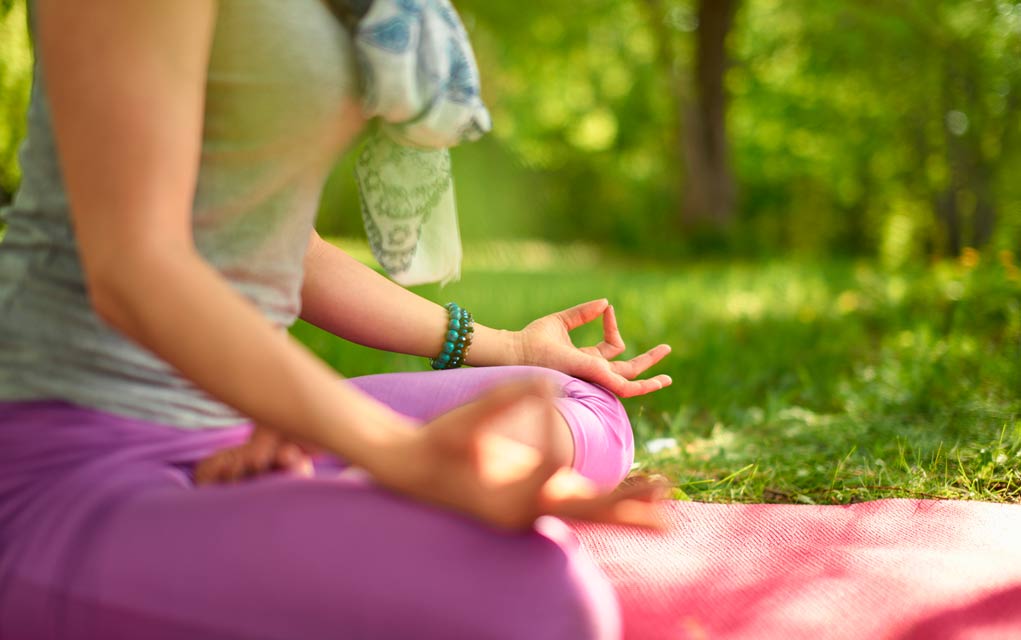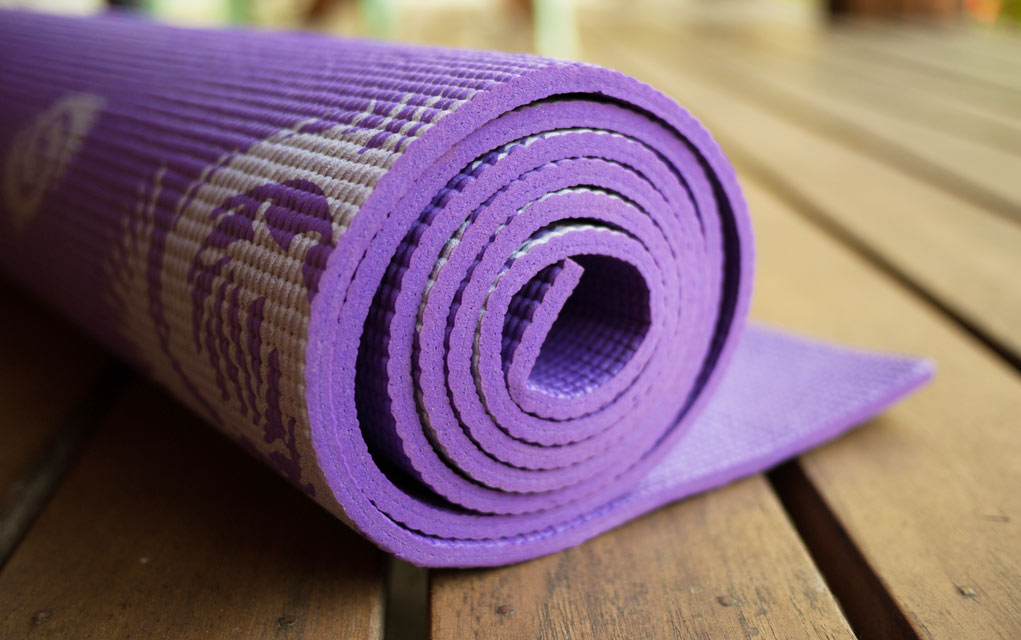Imagine being given a ticket to go anywhere in the world you want. The only stipulation is that it must be somewhere you can escape the stress and restrictions of everyday life. Would you head to a secluded beach where the only sounds are that of swooping birds and ocean waves? Maybe you’d head to an airport so that you can dream of adventures near and far. Perhaps it’s somewhere close to home, a tucked away pond in the midst of an expansive golf course or a favorite tree you’ve perched against since you were a child. Wherever it is — quiet or noisy, sparse or crowded — just thinking of this place should bring you a sense of serenity.
This is your “happy place.”
For many of us, this place comes to mind easily. For others, it’s a struggle.
Late psychology professor Christopher Peterson authored a book titled “Pursuing the Good Life.” In it, he explains the importance of becoming aware of the good moments in our life. When we’re able to do so, we’re able to extend those moments to maximize the pleasure we get from them. As he explains, our “happy place” should be readily available, without penalty and neutral. Going there — mentally or physically — should enhance the meaning of our lives.
Notice the emphasis on “or.” It doesn’t have to be a physical location, nor does it have to be a place you can actually visit with ease. It may be across the world or in? Here are six tips for locating your happy place. your backyard. It may not even exist in the physical sense, or it may have been removed years ago. Again, it just has to be accessible to your mind.
So how can you find your happy place? The beauty is that it is an entirely subjective journey and is as reliant on your state of mind as anything else. Here are four tips for unveiling your sublime location.
Relax your body
Find a comfortable place to relax where there aren’t other distractions. Wear loose clothing (or none at all) and close your eyes. Concentrate on relaxing each part of your body, from the top of your head to the tips of your toes. Shift your shoulders so they’re relaxed, too.
Remember the good times
Research shows that thinking about happy memories increases serotonin levels in the brain. Essential for regulating emotions and self-reflection, serotonin controls the prefrontal cortex of your brain. To boost your serotonin levels, try thinking of places where you enjoyed the sounds– people’s voices, food sizzling, branches blowing, waves breaking. Recall your favorite holidays and vacations. Maybe you conjure a funny story– the time your niece goofed up her words in the school play or when your brother flipped on the trampoline.
Think of happy things
There’s a reason pictures of cute puppies and babies make the rounds on the Internet. It’s because smiling or finding joy even for a moment releases happy neurochemicals that tend to result in more happiness. Much like remembering happy memories, remembering happy things boosts serotonin. Consider inspiring art, a beloved pet, a beautiful sunset or a child’s toothless grin.
Listen to music
Music activates many parts of our brains, in particular the areas controlling emotions. Listen to your favorite movie soundtrack. Play Pandora to hear some unfamiliar tunes. Dip into the music you played while pregnant or when you traveled somewhere fun.
Happiness is found in the small details, the brief moments when you feel content and at ease. Happiness is not a destination, but rather an expedition. Activate all of your senses to reveal your “happy place” and try to visit it often.
















